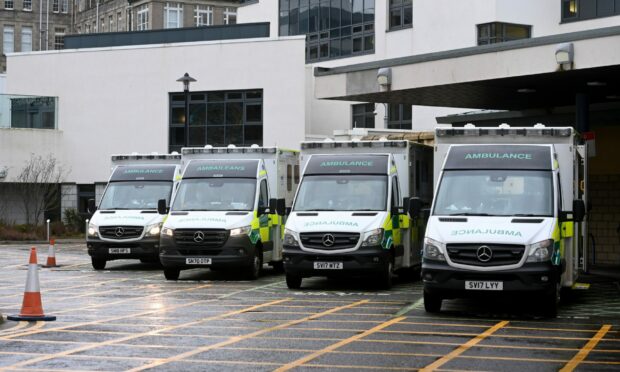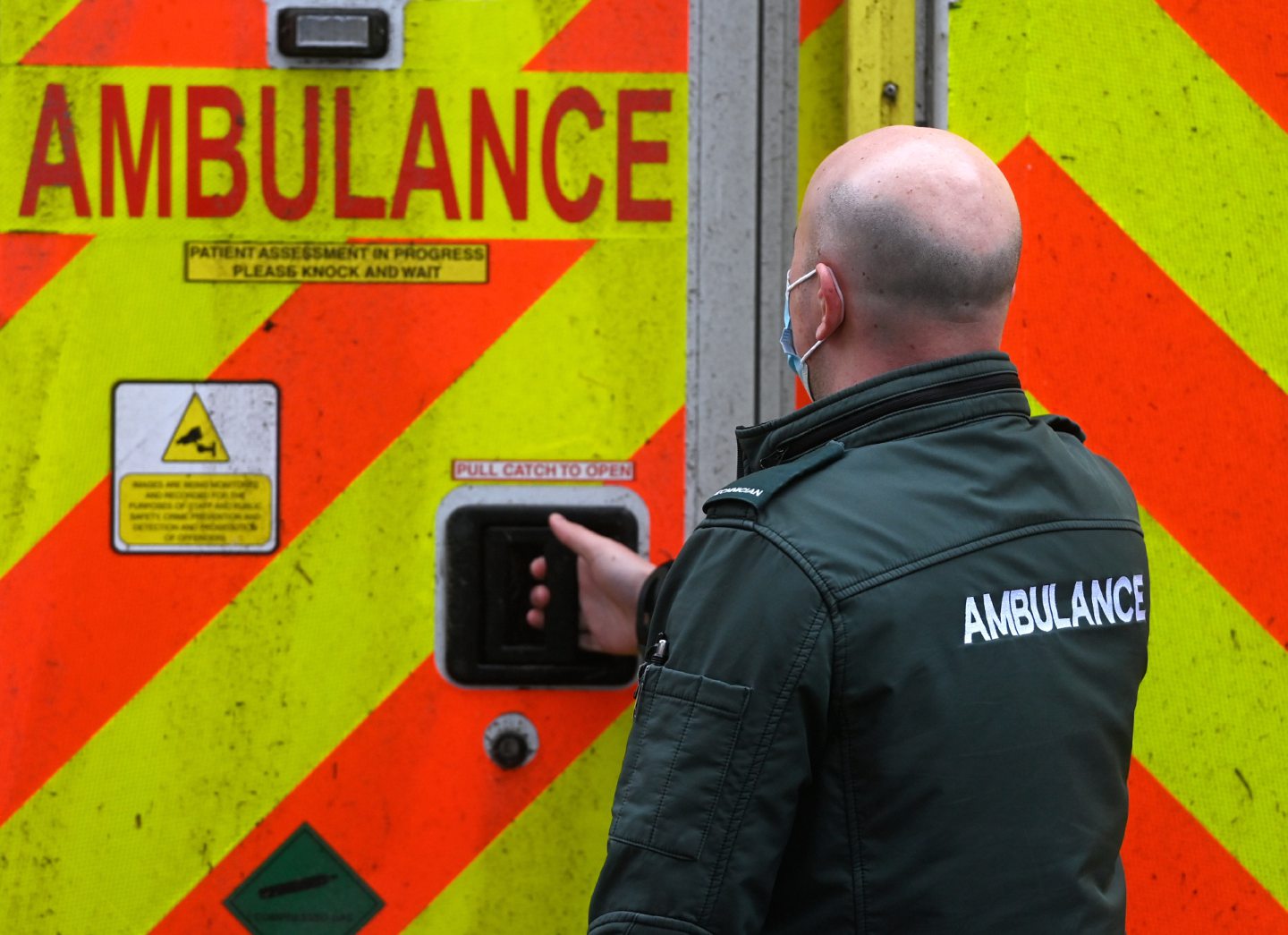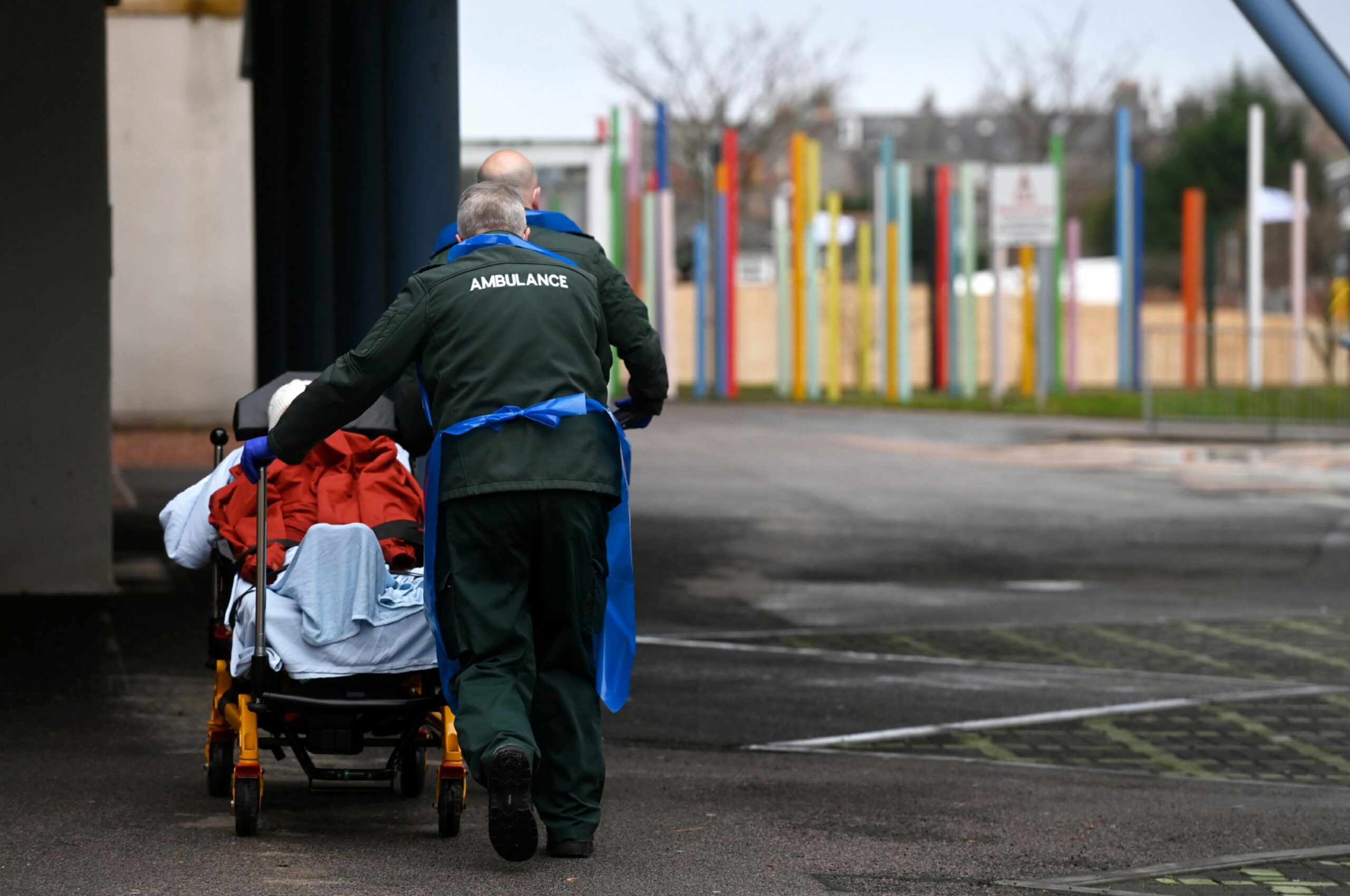More than 100 patients are being saved from unnecessary hospital admission every week after changes at Aberdeen Royal Infirmary.
A&E departments across the country are consistently under extreme pressures just now, with waiting times falling to their worst ever.
The situation in Aberdeen is no different, with frequent reports of ambulances queueing outside.
Paramedics told us they sometimes need to wait in their vehicle with a patient for eight hours before there’s a space for them to be moved into the hospital.
But changes introduced by NHS Grampian are helping to ease this situation and hundreds, if not thousands, of patients have already benefitted.
What changes have been made?
The health board introduced a new system in December 2020 to help triage patients and get them the best support available.
The Flow Navigation Centre (FNC) runs almost 24 hours a day, and has clinicians on hand to offer telephone or video appointments where they can provide advice and help make decisions.
Patients can be referred via NHS24, while ambulance staff also have a direct line.
In October, a Call Before You Convey scheme was started to encourage the likes of paramedics to dial in before taking anyone to hospital.
This “virtual A&E” could still send patients to the emergency department, but can also recommend they visit their GP or local pharmacist.
On Monday the service expanded to include mental health assessments.
Scores of patients helped daily by new system
In an update for staff, NHS Grampian says the Flow Navigation Centre has received more than 2,500 calls from ambulance crews to help with decision-making.
On average, three-in-five of these result in the patient going somewhere other than the emergency department.
Additionally, under 15% of those patients end up in A&E or being admitted elsewhere in hospital in the 48 hours after the call.
Over the last few weeks, it’s meant around 20 fewer people are being brought to the Aberdeen emergency department every day.
The health board says it’s going to continue refining and expanding the “referral pathways” it has on offer.
This could take in the likes of care homes and Hospital at Home, a scheme providing ward-level care for conditions like pneumonia and sepsis.
It also wants to ensure it has the “right mix” of people to run a sustainable service 24/7, growing into a “central hub for professional-to-professional decision support.”



Conversation